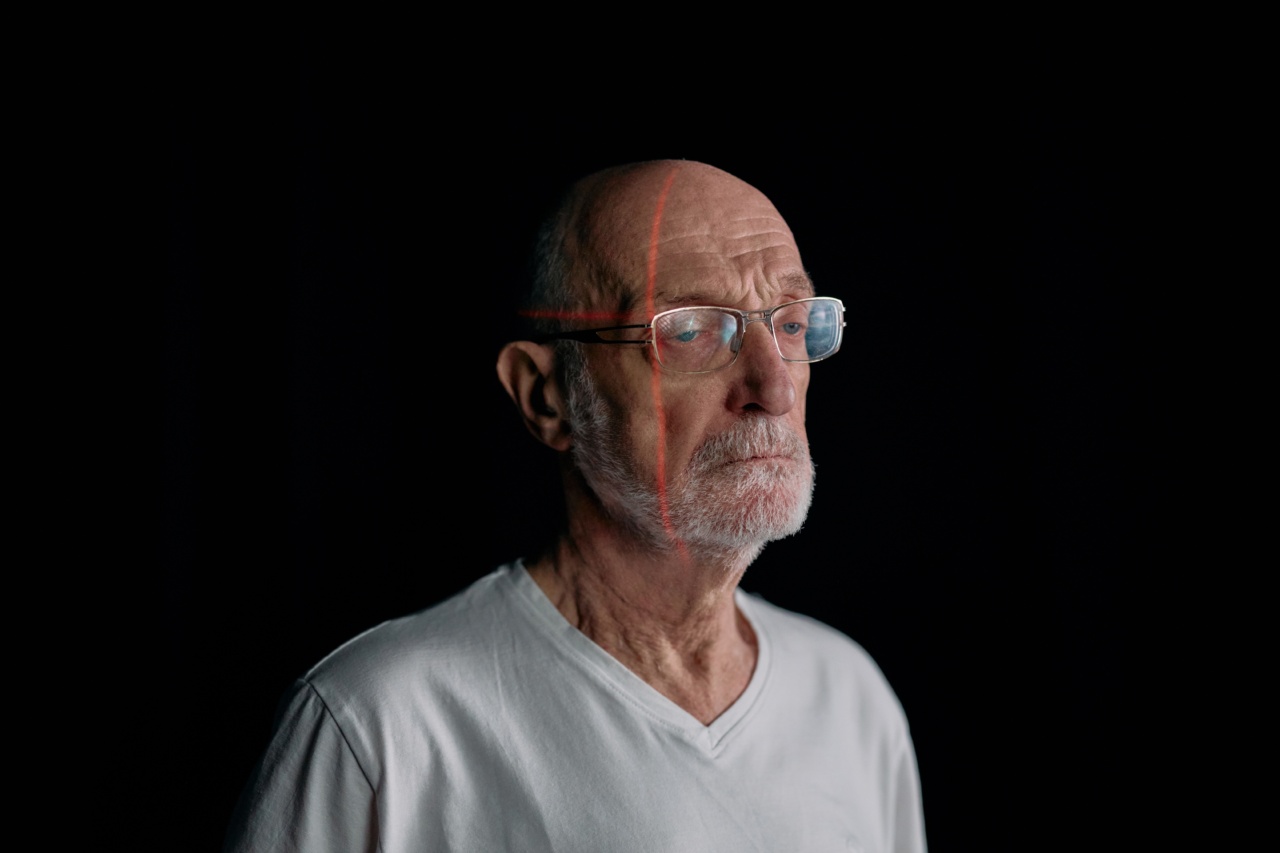Depression is a common mental health disorder that affects millions of people worldwide.
It can lead to various symptoms such as persistent sadness, loss of interest or pleasure, feelings of guilt or worthlessness, and difficulty in sleeping or concentrating. Detecting depression early is crucial to provide effective treatment and support to individuals. Wearable sensors have emerged as a promising tool for early detection of depression, allowing timely intervention and improved outcomes.
What are Wearable Sensors?
Wearable sensors are small electronic devices that can be worn on the body to monitor various physiological and behavioral parameters.
These sensors use different technologies such as accelerometers, electrocardiography (ECG), photoplethysmography (PPG), and electrodermal activity (EDA) to collect data on the wearer’s physical activities, vital signs, sleep patterns, and emotional state. The data collected by these sensors can provide valuable insights into a person’s overall health and well-being, including indicators of depression.
Signs and Symptoms of Depression
Depression is a complex condition with a wide range of symptoms. Some common signs and symptoms of depression include:.
- Persistent sadness or low mood
- Loss of interest or pleasure in activities
- Significant weight loss or gain
- Insomnia or hypersomnia
- Fatigue or loss of energy
- Feelings of worthlessness or excessive guilt
- Difficulty in thinking, concentrating, or making decisions
- Recurrent thoughts of death or suicide
Early detection of these symptoms can help in identifying individuals at risk of developing depression and providing appropriate interventions.
Using Wearable Sensors for Depression Detection
Wearable sensors can gather a wealth of data that can be used to detect early signs of depression.
By continuously monitoring physiological parameters such as heart rate, sleep patterns, and activity levels, these sensors can identify deviations from an individual’s baseline, indicating possible signs of depression. For example, a decrease in physical activity or disrupted sleep patterns can be indicative of depression.
Emotional state recognition is another important aspect of depression detection. Wearable sensors can capture physiological signals such as skin conductance and heart rate variability, which are closely linked to emotional states.
By analyzing these signals over time, algorithms can be developed to identify patterns associated with depression, such as increased stress levels or decreased emotional responsiveness.
Challenges in Depression Detection with Wearable Sensors
Although wearable sensors show promise in detecting depression, there are several challenges that need to be addressed:.
- Data Accuracy and Reliability: Ensuring the accuracy and reliability of the data collected by wearable sensors is crucial for accurate depression detection. Factors such as device placement, calibration, and data processing algorithms can impact the quality of the data.
- Privacy and Ethical Concerns: Wearable sensors collect sensitive personal data, raising concerns about privacy and data security. Proper measures need to be in place to protect the confidentiality of the data and obtain informed consent from individuals participating in depression detection studies.
- Integration with Clinical Practice: To be effective, depression detection with wearable sensors needs to be integrated into existing healthcare systems. This involves collaborations between healthcare professionals, researchers, and technology developers to ensure seamless integration and interpretation of the collected data.
Future Directions and Potential Benefits
The use of wearable sensors for depression detection holds great potential in improving early diagnosis and treatment of depression. Some potential benefits include:.
- Early Intervention: By identifying individuals at risk of developing depression early on, wearable sensors can enable timely intervention and access to appropriate support and treatment.
- Objective Assessment: Traditional methods of diagnosing depression rely on subjective reports from patients. Wearable sensors can provide objective and continuous assessments, improving accuracy and reducing bias.
- Personalized Treatment: With the help of wearable sensors, healthcare professionals can tailor treatment plans based on individual data, leading to more personalized and effective interventions.
- Long-term Monitoring: Wearable sensors allow long-term monitoring of individuals, providing insights into treatment efficacy and relapse prevention.
Conclusion
Depression detection with wearable sensors offers a promising approach for early identification and intervention.
By continuously monitoring physiological and behavioral parameters, these sensors can provide valuable insights into an individual’s emotional well-being. However, addressing challenges related to data accuracy, privacy, and integration with clinical practice is essential for the widespread adoption of this technology.
With further research and advancements, wearable sensors have the potential to revolutionize the diagnosis and management of depression.





























